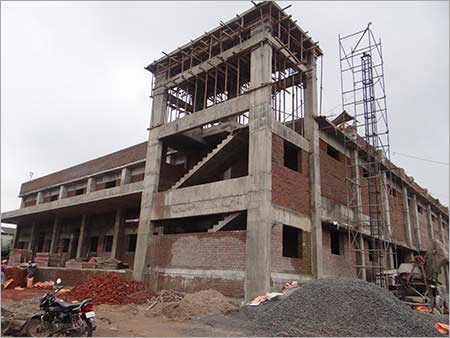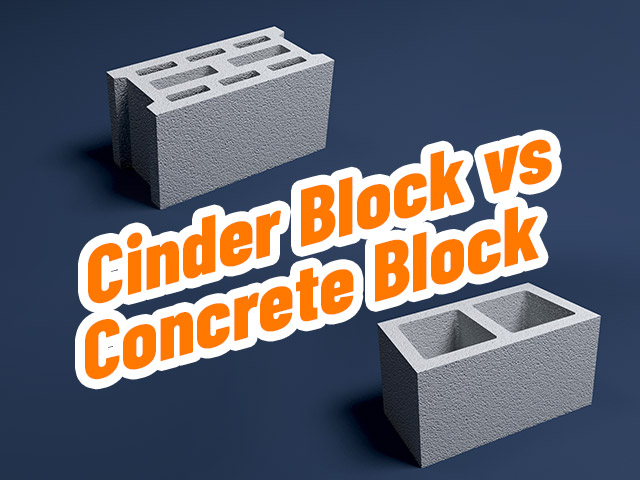Table of Contents
Bacterial Concrete or Self-Healing Concrete (SHC) is a modern approach in civil engineering for repair purpose. As the name suggests, this type of concrete can heal itself when cracks appear after curing and hardening. In this article, I will discuss it’s brief history, mechanism, production, advantages, disadvantages and some other aspects.
Before we get started, let’s see a video by TEDx Talks on what a self-healing concrete can do. Then, we will go through the other aspects.
I hope you enjoyed the video. So, let’s start the article.
Why Self-Healing Concrete?
Although in modern days, we use different types of new procedures, methods and materials to attain a very good, sustainable and economic concrete, due to unskilled labours, incorrect handling, human mistakes and other factors, it is impossible to achieve a 100% efficient building for it’s designed life. Many problems such as Cracks, leaks, weathering, bending etc. may arise after hardening the concrete. To overcome such problems, we are undertaking many remedial processes, now-a-days, before and after the construction.

Bacterial Concrete or Self-Healing Concrete is one of such remedies for repairing cracks of building. The process of self-healing of cracks or self-filling up of cracks by the help of bacterial reaction in the concrete after hardening is known as Self-Healing Concrete.
(Also Read: Introduction To Concrete Technology)
A Brief History
Hendrik Marius Jonkers, a Dutch scientist first publish his patent on Self-Healing Concrete on the European Patent Office.
As said earlier in this post, concrete will crack and deteriorate over time. An invention by Delft University microbiologist Hendrik Jonkers offers an innovative approach to creating more stable concrete by adding limestone-producing bacteria to the mix. This self-healing bio-concrete aims to provide a cheap and sustainable solution, markedly improving the lifespan of buildings, bridges and roads.
When Hendrik Jonkers was looking for a way to improve the strength and longevity of concrete, he didn’t turn to the steel or stone techniques refined by countless engineers, but instead to an unlikely source for inspiration: the human body.
Thinking about how bones in the human body are healed naturally through mineralisation from osteoblast cells, Jonkers set about creating a similar self-regeneration technique for our most widely used construction material.
The solution that he landed upon employs a limestone-producing bacteria to close up gaps in the concrete. The robust, naturally occurring bacteria either Bacillus pseudofirmus or Sporosarcina pasteurii, already exist in highly alkaline lakes near volcanoes and seemed tailor-made for the job. They are able to lie dormant for up to 200 years and only begin important repair work only after cracks appear and it comes into contact with water.
Various Types of Bacteria Used in Concrete
There are various types of bacteria, which can be used in bacterial concrete construction. Some of those are:
- Bacillus pasteurizing
- Bacillus sphaericus
- Escherichia coli
- Bacillus subtilis
- Bacillus cohnii
- Bacillus balodurans
- Bacillus pseudofirmus
(Also Read: What is Water Cement Ratio – Guide & Calculation)
Mechanism of Self-Healing Concrete
Self-healing concrete or bacterial concrete is a result of the biological reaction of non-reacted limestone (CaCO3) and a calcium-based nutrient with the help of bacteria to heal the cracks appeared on the building.
The equation involved is thus :
CaO + H2O ⇒ Ca(OH)2
Ca(OH)2 + CO2 ⇒ CaCO3 + H2O
Special types of bacteria known as Bacillus are used along with calcium nutrient known as Calcium Lactate. While preparation of concrete, these products are added in the wet concrete when the mixing is done. This bacteria’s can be in a dormant stage for around 200 years.
When the cracks appear in the concrete, the water seeps in the cracks. The spores of the bacteria germinate and start feeding on the calcium lactate consuming oxygen. The soluble calcium lactate is converted to insoluble limestone. The insoluble limestone starts to harden. Thus filling the crack, automatically without any external aide.
The other advantage of this process is, as the oxygen is consumed by the bacteria to convert calcium into limestone, it helps in the prevention of corrosion of steel due to cracks. This improves the durability of steel-reinforced concrete construction.
Preparation of Bacterial Concrete
Self-Healing Concrete is prepared in two ways –
- By encapsulation in lightweight concrete
- By direct application
By Encapsulation Method:- the bacteria and its food i.e. calcium lactate, are placed inside treated clay pellets and concrete is prepared. About 6% of the clay pellets are added for making bacterial concrete.
By Direct Application Method:- bacterial spores and calcium lactate is added into concrete directly when mixing of concrete. The use of these bacteria and calcium lactate doesn’t change the normal properties of concrete when cracks occur in the structure due to obvious reasons.
Test and Result
We conducted two Standard Tests on normal concrete and self-healing concrete. Test conducted were Compressive and flexural strength tests on a concrete cube for 7 and 28 days.
Compressive Strength Test Result
| SL No | Days | Normal Concrete (N/mm2) | Self-Healing Concrete (N/mm2) |
| 1 | 7 Days | 20.35 | 26.90 |
| 2 | 28 Days | 30.50 | 37.95 |
Flexural Strength Test Result
| SL No | Days | Normal Concrete (N/mm2) | Self-Healing Concrete (N/mm2) |
| 1 | 7 Days | 3.85 | 4.55 |
| 2 | 28 Days | 7.15 | 7.70 |
From the above results, we can see that both the compression strength and the flexural strength of the bacterial concrete is greater than that of normal concrete.
(Also Read: List of Tests for Bitumen as per Indian Standard)
Advantages and Disadvantages of Self-Healing Concrete
Like all other materials, Self-Healing Concrete also has some advantages and some disadvantages. They are –
Advantages:
- Self-repairing of cracks without any external aide.
- Significant increase in compressive strength and flexural strength when compared to normal concrete.
- Reduces the corrosion of steel due to the formation of the crack and improves the durability of steel-reinforced concrete.
- Reduction in the permeability of concrete.
- Resistance towards freeze-thaw attacks.
- Bacillus bacteria are harmless to human life and hence it can be used effectively.
Disadvantages:
- Cost of bacterial concrete is double than conventional concrete.
- The clay pellets holding the self-healing agent comprise 20% of the volume of the concrete. This may become a shear zone or fault zone in the concrete
- Design of mix concrete with bacteria here is not available any IS code or other code.
- Growth of bacteria is not good in any atmosphere and media.
- Investigation of calcite precipitate is costly.
I hope this article will help you. You may also want to see my other post from my Blog. If I have missed anything here, please let me know about that in the comment below this post.
Share it with your friends.
Happy Learning.
If you liked this article, then please help me to share this article with your friends through Facebook, Twitter, WhatsApp or Instagram. You can also find us on Facebook, Twitter, Instagram, Telegram Channel and Pinterest. Also, Subscribe to our mailing list to get a new post update from us. And, do me a favour, if you find this post helpful, rate a 5 star below-





